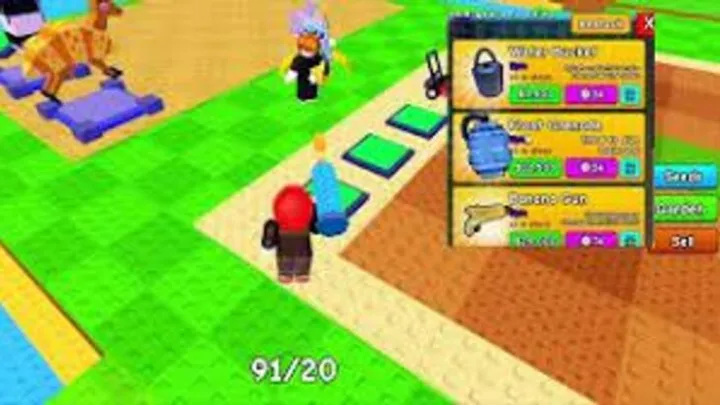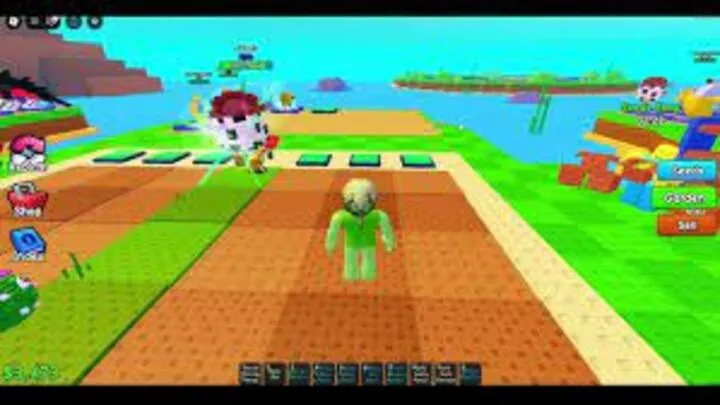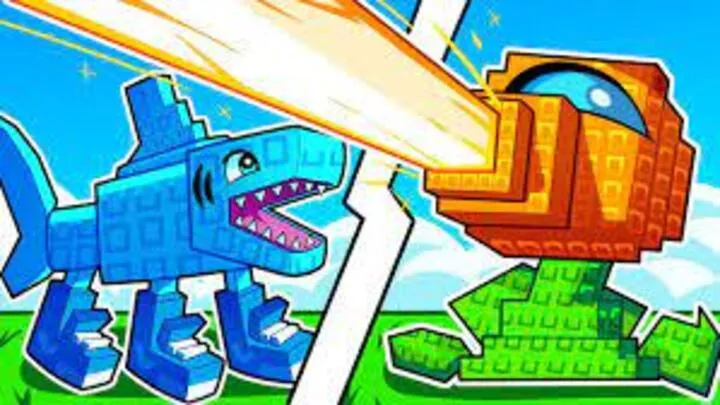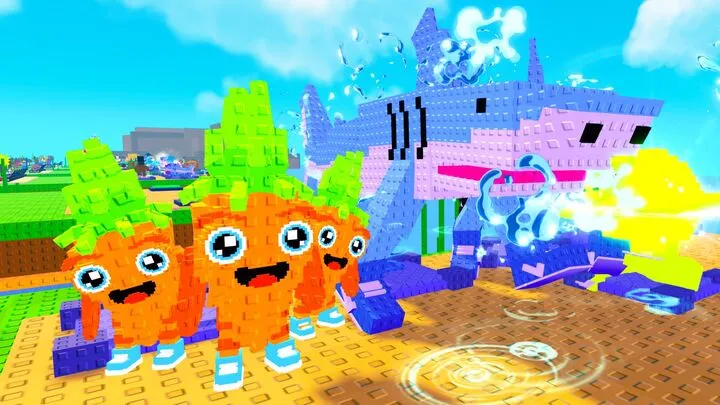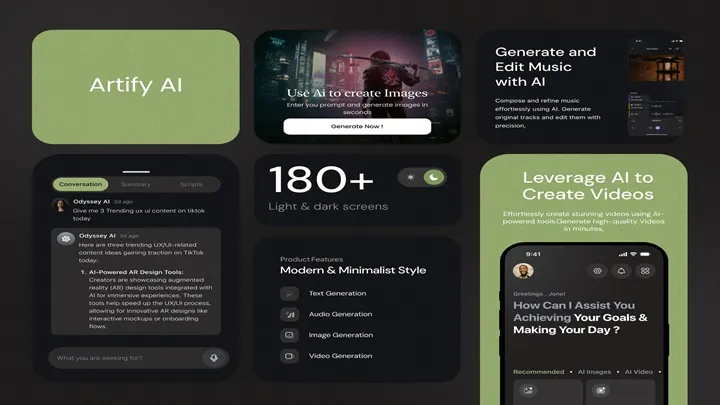Valorant is one of the most competitive first-person shooters in the world, blending precision gunplay with unique character abilities. Developed by Riot Games, it requires not only mechanical skill but also tactical thinking, communication, and coordination. Whether you are new to the game or looking to climb the ranked ladder, mastering Valorant means understanding every aspect from weapon control to agent selection and map strategy.
This guide will walk you through everything you need to know about how to master Valorant. You will learn about movement, aiming, team coordination, economy management, and more. By the end, you’ll have a clear roadmap to improve your gameplay and reach your highest potential.
Understanding the Core Mechanics of Valorant
Before diving into advanced strategies, it’s essential to grasp the fundamentals of Valorant. The game is built around 5v5 tactical shooting, similar to Counter-Strike, but each agent comes with abilities that can change the course of a match.
Every round starts with players buying weapons, shields, and abilities using credits earned from previous rounds. The main objectives are either planting or defusing the Spike, depending on whether you’re on the attacking or defending side. Winning rounds, getting kills, and completing objectives all earn your team more credits for future rounds.
Success in Valorant doesn’t just rely on aiming. It’s about timing, teamwork, and making intelligent decisions based on the current game state. Once you understand these core mechanics, you can start building more advanced strategies.
Learning the Importance of Aim and Crosshair Placement
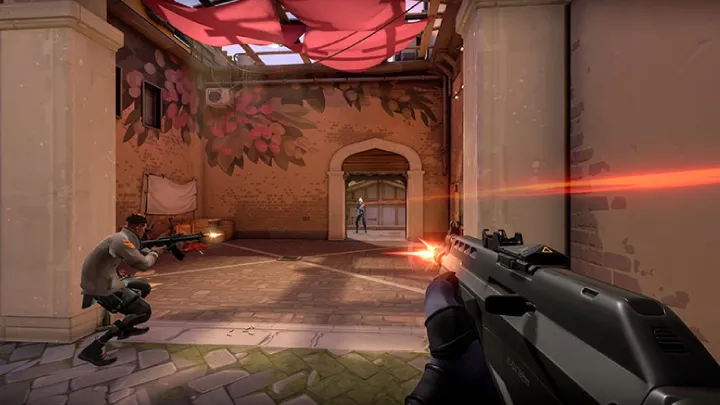
Valorant’s shooting mechanics reward precision and control. Aiming is not just about reacting fast it’s about being accurate and consistent.
Crosshair Placement:
Good crosshair placement means keeping your aim at head level, where enemies are most likely to appear. This minimizes reaction time since you won’t have to move your mouse much to land a headshot. Always pre-aim common angles as you move through the map.
Spray Control and Burst Firing:
Each weapon in Valorant has a recoil pattern. The Vandal and Phantom, for example, become less accurate the longer you spray. Learn to control recoil by pulling your mouse down slightly or firing in short bursts for better precision.
Aim Training:
Dedicate time to aim training daily. Use aim trainers or Valorant’s shooting range to practice flicks, tracking, and reaction speed. Consistent training builds muscle memory and sharpens your reflexes, which are crucial for competitive play.
Mastering Movement and Positioning
Movement is a key factor in Valorant that directly affects accuracy and survival. Poor movement can expose you to enemies or reduce your shot accuracy, while good movement can help you outsmart opponents.
Walking vs. Running:
When you move, your shots become inaccurate. Walking (using the shift key) keeps you silent and accurate, while running is best for rotating or escaping. Always walk when approaching enemy territory or holding angles.
Peeking Techniques:
Learn advanced peeking methods like jiggle peeking, shoulder peeking, and wide swinging. These techniques allow you to gather information safely or surprise opponents with better timing.
Positioning:
Choose positions that maximize your line of sight while minimizing your exposure. High ground areas and cover points can give you tactical advantages. Always avoid standing in predictable spots where enemies expect you.
Choosing the Right Agent for Your Playstyle
Valorant’s agents are divided into four categories: Duelists, Initiators, Controllers, and Sentinels. Each class plays a unique role in the team.
Duelists:
These are entry fraggers who take the fight first. Examples include Jett, Reyna, and Phoenix. Choose them if you enjoy aggressive playstyles and securing early kills.
Controllers:
Agents like Omen, Brimstone, and Viper use smokes and zone control to shape the battlefield. They excel in creating strategic plays and blocking vision.
Sentinels:
Defensive experts such as Sage, Killjoy, and Cypher focus on protecting teammates and securing flanks.
Initiators:
These agents, including Sova, Breach, and Skye, help gather information and break through enemy defenses.
Experiment with different agents to find one that suits your strengths. Once you do, specialize in mastering their abilities and understanding how they contribute to team success.
Understanding the Economy and Buy Rounds
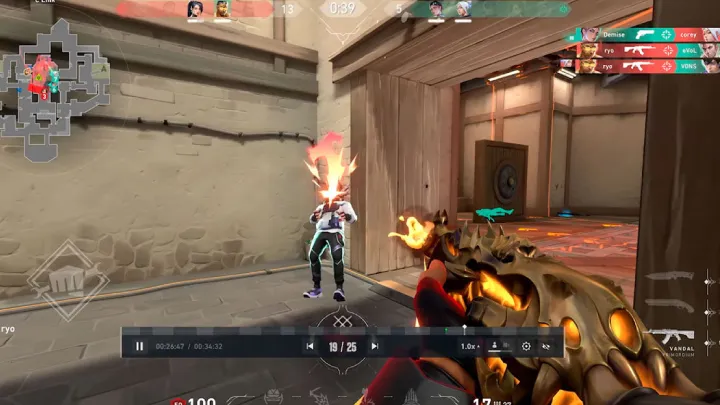
The in-game economy in Valorant is crucial. Managing your credits effectively can determine the outcome of matches.
Saving and Forcing:
After losing a round, sometimes it’s better to save your money for a full buy rather than forcing with weak weapons. A coordinated save round can prepare your team for a stronger comeback.
Full Buy Rounds:
A full buy typically includes a primary rifle (like Vandal or Phantom), full armor, and key abilities. Communicate with your team to ensure everyone can buy together for maximum efficiency.
Eco Rounds:
On eco rounds, where you have limited credits, use cheaper weapons like the Sheriff or Spectre. Focus on surprise attacks or close-range engagements.
Economy management separates good teams from great ones. A well-coordinated economy ensures your team always has the resources to fight effectively.
Mastering Map Knowledge and Strategy
Each Valorant map is designed with unique lanes, choke points, and bomb sites. Understanding map layouts and callouts is key to both attacking and defending successfully.
Learning Map Callouts:
Every area of a map has specific names like “Heaven,” “Garage,” or “Hookah.” Learn these callouts to communicate effectively with your team. Quick and clear communication improves coordination and reaction time.
Attacking Strategy:
When attacking, use abilities to clear corners and force defenders out of position. Always check angles and work with teammates to trade kills. Timing is crucial coordinated pushes win rounds.
Defending Strategy:
As a defender, learn when to hold positions and when to rotate. Don’t overcommit to one site; pay attention to teammate callouts. Use abilities like smokes or recon tools to delay enemy advances and gather information.
Developing Team Communication and Coordination
Valorant is a team-based game, and no matter how good your aim is, poor communication will lead to failure.
Using Voice and Ping Systems:
Use your mic to call out enemy positions, ability usage, and plans. The ping system is helpful for marking enemy locations or areas of interest if you prefer not to speak.
Playing Around Your Team:
Coordinate strategies before rounds start. For example, have your Controller smoke key areas, your Duelist entry first, and your Sentinel cover flanks. Everyone should know their role.
Listening and Adapting:
Good communication also means listening. If your teammate spots an enemy or suggests a rotation, respond quickly and trust the team. Adaptability is key to winning tight rounds.
Practicing Advanced Tactics and Game Sense
Once you understand the basics, start focusing on game sense your awareness of the game’s flow, timing, and opponent behavior.
Predicting Enemy Moves:
Pay attention to enemy patterns. If the same player always pushes mid, prepare a counter setup next round. Use sound cues like footsteps or ability usage to anticipate attacks.
Utility Usage:
Use your agent’s abilities wisely. For example, save smokes for post-plant situations or flashes for entry duels. Wasting abilities early can leave you vulnerable later in the round.
Mind Games:
Fake pushes, rotate quickly, or hold unusual angles to catch enemies off guard. Valorant is as much psychological as it is mechanical. Learning to mislead opponents can give your team a huge advantage.
Improving Mental Resilience and Consistency
Playing Valorant competitively can be mentally demanding. Maintaining focus and confidence is essential for consistent performance.
Stay Calm Under Pressure:
Don’t let mistakes tilt you. Everyone has bad rounds, but panicking leads to more errors. Breathe deeply and reset your mindset between rounds.
Learn from Losses:
Review your matches and identify mistakes. Were your crosshair placements off? Did you push alone without support? Self-analysis helps you grow faster than simply grinding games.
Positive Team Attitude:
Encourage teammates instead of blaming them. A supportive environment improves morale and teamwork, leading to better results over time.
Climbing the Ranked Ladder and Continuous Improvement
Ranked play in Valorant can be challenging, but it’s where true progress happens. To climb effectively, you must combine mechanical skill, strategy, and communication.
Consistency Over Luck:
Winning ranked games consistently depends on your performance and team synergy. Even if you lose some games, focus on improving your overall stats and decision-making.
Watching Pros and Learning:
Study professional matches and streamers to see how top players move, aim, and communicate. Notice their crosshair placement, ability usage, and positioning.
Adapting to Updates:
Valorant frequently updates agents, maps, and weapon balances. Stay informed and adjust your strategies accordingly. A flexible player is always more valuable than a predictable one.
Conclusion
Mastering Valorant takes time, patience, and a dedication to constant improvement. From refining your aim and understanding maps to mastering communication and strategy, every skill contributes to your success.
Valorant is not just a test of shooting ability it’s a blend of precision, teamwork, and smart decision-making. Keep practicing, stay disciplined, and you’ll soon see your rank climb and your confidence soar.
Whether you play casually or competitively, Valorant rewards effort and intelligence. Every round is an opportunity to learn and every game is a step closer to mastery.
Summary :
Learn how to master Valorant with expert tips on aiming, strategy, team coordination, and agent roles to dominate every match and rank up fast.









